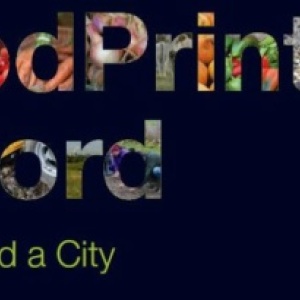A report by Low Carbon Oxford and LandShare entitled “Foodprinting Oxford” calculates the resources and risks involved with Oxford’s food supply, and explores how best to make the city’s food system more reliable. As part of LandShare’s “How to feed a city” programme, the report aims to help people understand where their food is coming from and how to make it more secure.
The FoodPrinting Oxford project takes a systematic look at two aspects of the city’s food system:
FoodPrints – what does it take to feed Oxford?
- The study uses a calculator developed by LandShare and Best Foot Forward to estimate the amounts of land, water, energy and greenhouse gas emissions associated with feeding Oxford – its FoodPrints.
- It compares the results with the FoodPrints under an alternative demand profile scenario, in order to test the potential for reducing the city’s FoodPrints.
Sensitivity analyses are carried out to identify which factors in the city’s food system have most influence over FoodPrints.
Provenance - where does Oxford’s food come from?
- The study investigates where Oxford’s food comes from, and estimates the proportion which comes from local sources.
- It also carries out a detailed analysis of the extent to which the landscape around Oxford could provide for the city’s food demands, currently, and under an alternative demand profile.
The report shows that some choices are significantly more effective than others; reducing food waste and changes to diet are particular opportunities. However, the most effective solutions, overall, result from combinations of changes to diet, waste, kitchen energy, packaging and provenance.
To access the report, click here.








Post a new comment »